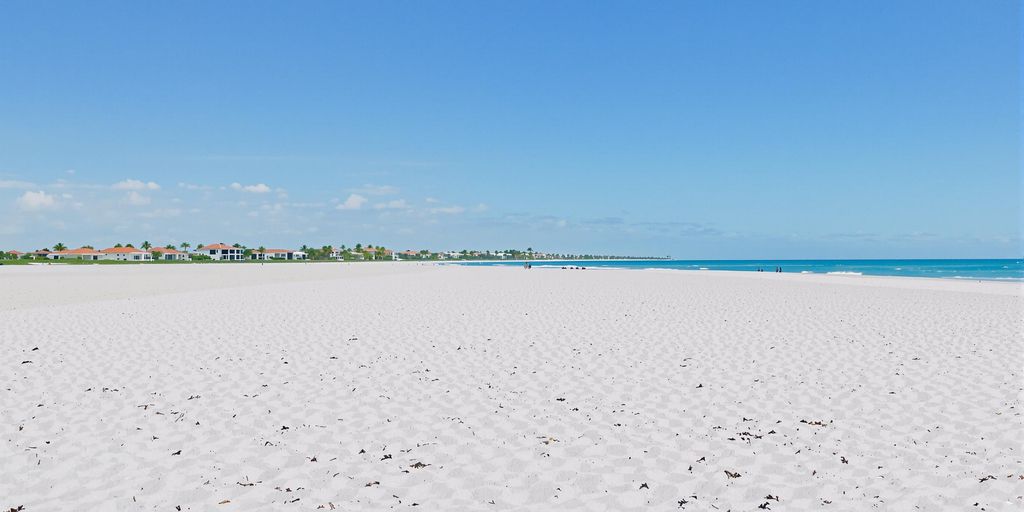Florida’s once-booming housing market is experiencing a significant cool-down, marked by increasing inventory, widespread price reductions, and a notable shift towards a buyer’s market. This change follows years of rapid appreciation and intense competition, driven by factors such as high mortgage rates, soaring insurance costs, and new condo regulations.
Florida’s Market Shift: A Buyer’s Advantage
Florida is now at the forefront of the national housing market slowdown, with several cities leading in price reductions. This shift is largely attributed to an oversupply of homes and a decrease in buyer demand. As inventory builds, properties are spending more time on the market, prompting sellers to lower their asking prices to attract interest.
- Key Takeaways:
- Florida cities dominate the list of U.S. metros with the highest percentage of price cuts.
- North Port, Tampa, Cape Coral, and Jacksonville are experiencing significant price reductions.
- The market is transitioning from a seller’s to a buyer’s market, offering more negotiation power.
Inventory Surges and Price Cuts Deepen
Data from Realtor.com indicates that Florida had seven of the top ten markets nationwide where home prices are being slashed. North Port saw nearly 30% of its listed homes reduce prices in April, with Tampa (29.3%), Cape Coral (28.2%), and Jacksonville (27.6%) close behind. This trend is not exclusive to Florida but is particularly pronounced across the Sun Belt.
Condo Market Faces Unique Challenges
The condominium market in Florida is experiencing an even more pronounced slowdown. Sales of condos have seen double-digit drops, with Hillsborough County down 20% and Miami-Dade County down 21% in April. This decline is exacerbated by high mortgage and insurance rates, coupled with rising association fees due to new reserve requirements following the 2021 Surfside collapse. These factors are making condo ownership increasingly expensive and less attractive.
Affordability and External Factors
Affordability remains a critical issue impeding sales growth across Florida. While single-family home prices have seen a 4% median price drop in April, they still remain over 50% higher than in 2020. Rising insurance costs, averaging around $11,000 annually in Florida (nearly four times the national average), further strain affordability. Additionally, new regulations for older buildings are leading to significant special assessment fees for condo owners, sometimes tens of thousands of dollars.
High Vacancy Rates in Key Markets
Several Florida markets are exhibiting high vacancy rates, indicating an abundance of available homes. According to LendingTree’s analysis, Cape Coral (25.72%), North Port (21.23%), and Lakeland (16.11%) have the highest vacancy rates in the state. This is largely due to ongoing new construction, which is outpacing demand in some areas. While this offers buyers more choices and negotiating power, it can also lead to slower appreciation in the short term.
Navigating the New Landscape
For prospective homebuyers, this cooling market presents opportunities. Experts advise thorough due diligence, including researching HOA fees, property taxes, and insurance costs. Negotiating prices and terms is now more feasible. While the market is slowing, most analysts do not predict a crash akin to 2008, but rather a correction towards a more balanced environment.
Sources:
- Housing market hitting the brakes? New analysis finds Florida dominates areas slashing home prices, Florida Politics.
- Attorney shares must-know advice for homebuyers as Florida’s real estate crash stuns experts, San Diego Reader.
- A look into Florida real estate market, home sales slowdown, WUSF.
- Page Not Found (404) | The Palm Beach Post, The Palm Beach Post.
- 3 Florida Housing Markets Having the Highest Vacancy Rates, Norada Real Estate Investments.


